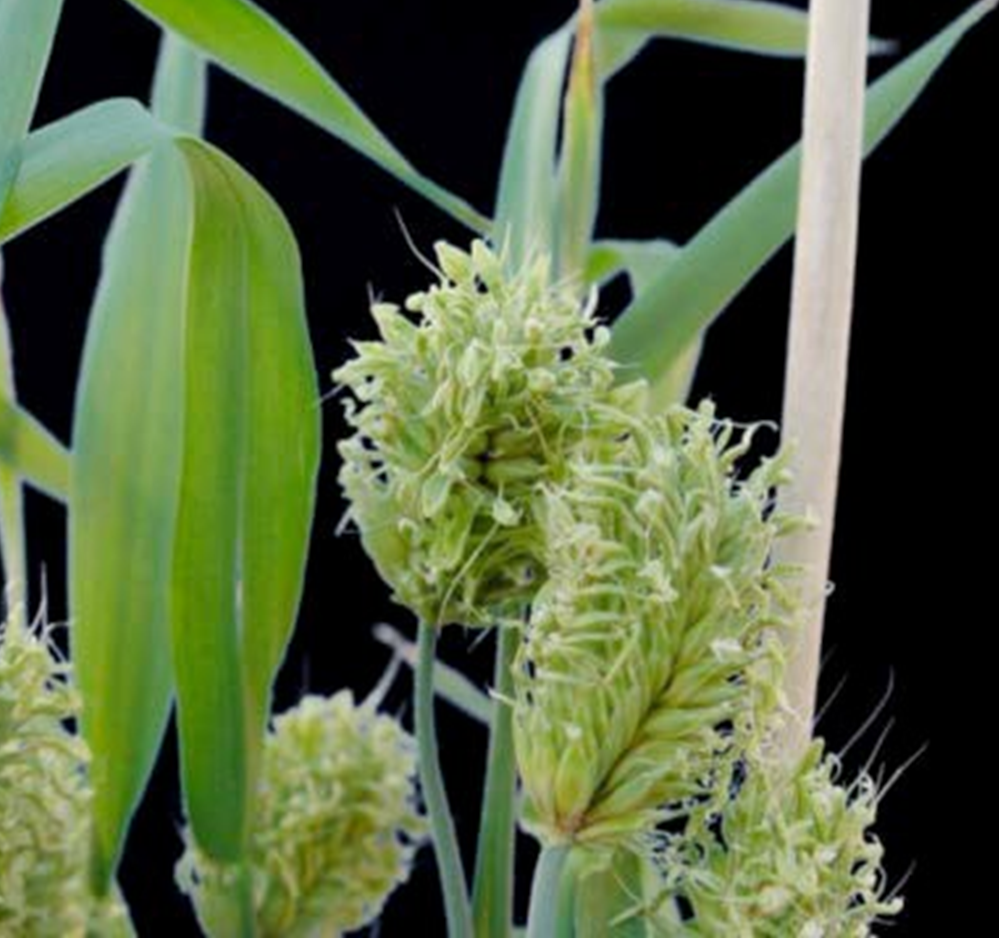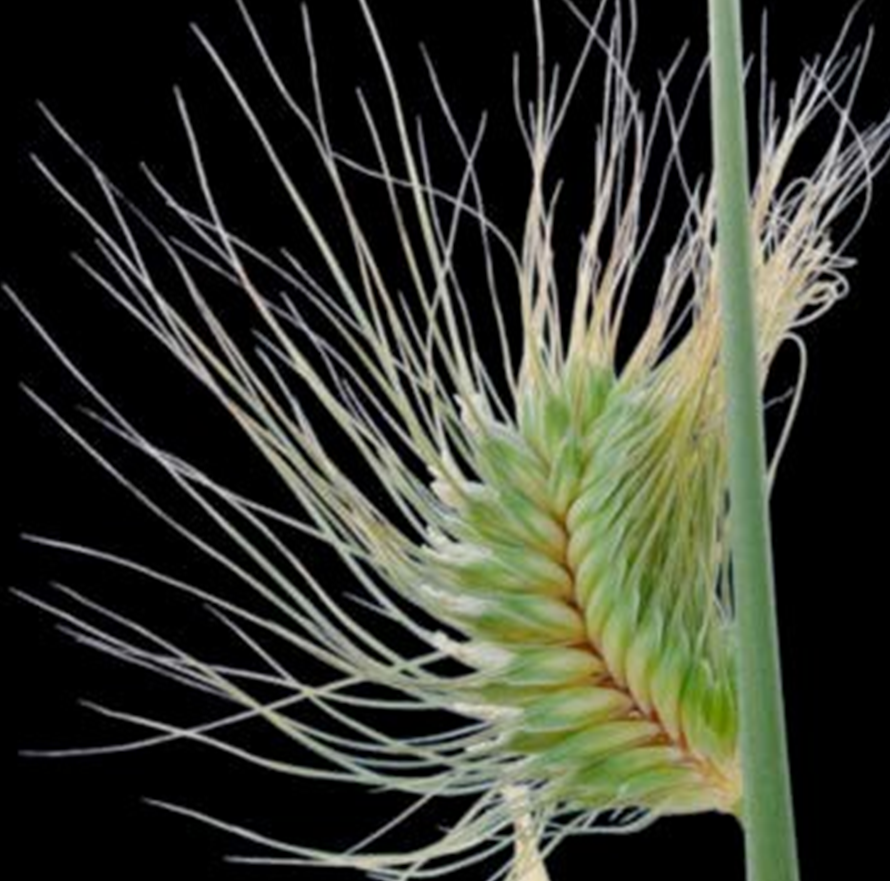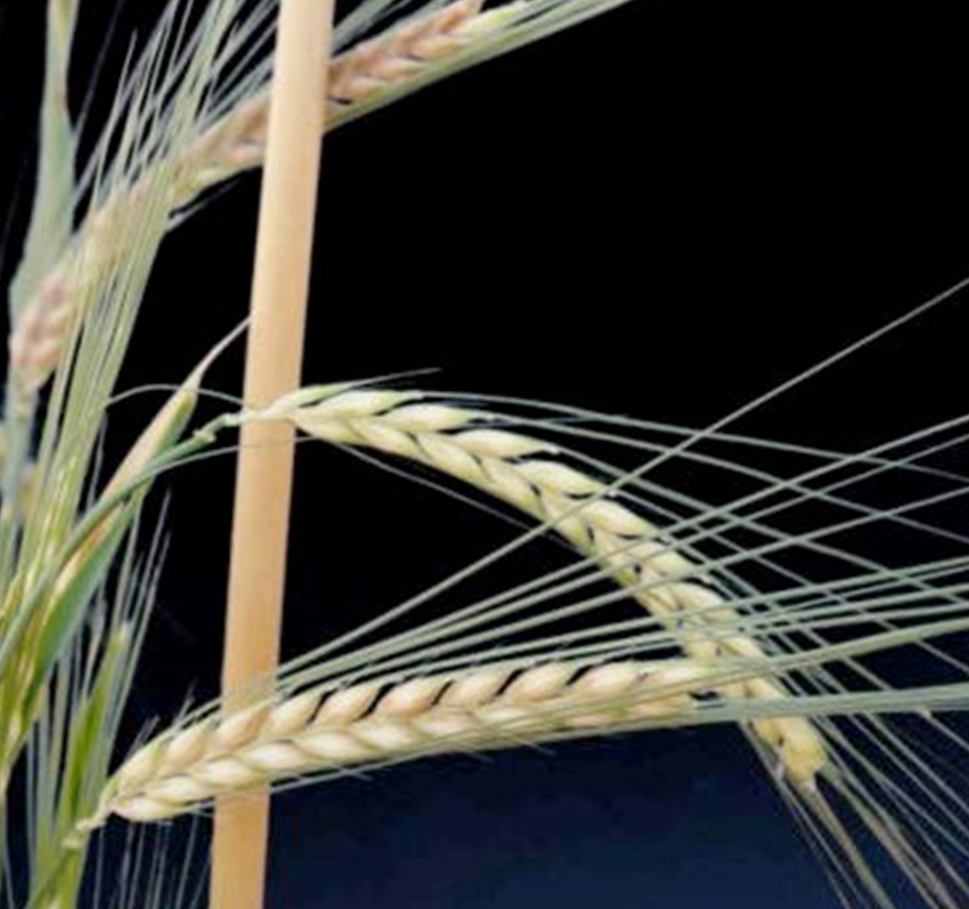
iTAG Barley – Inheritance of Traits and Genes Teaching educational resource using Oregon Wolfe Barley
The iTAG (Inheritance of Traits and Genes) Barley program is an educational resource designed to help students ages 15-18 understand the relationship between an organism’s genotype and its observable traits, or phenotype.
Utilizing the genetically diverse Oregon Wolfe Barley population, this program offers hands-on laboratory and classroom activities where students can observe phenotypic variations firsthand. Participants engage in planting and growing barley plants, learning basic molecular biology techniques such as DNA extraction, polymerase chain reaction (PCR), and gel electrophoresis. Through these exercises, they explore key concepts in plant development, domestication, and disease resistance, ultimately connecting visible traits to identifiable differences in DNA sequences.
Understanding the relationship between genotype and phenotype is fundamental to biology but remains challenging for students and novice researchers. The Inheritance of Traits and Genes (iTAG) module leverages the Oregon Wolfe Barley (OWB) population to bridge this gap through hands-on laboratory and classroom activities. This module uses phenotypic traits, such as seed-coat colour, spike morphology, and disease resistance, to illustrate key biological concepts, including plant development, domestication, and pathogen interaction.
The iTAG workflow focuses on three primary traits: (1) two-row versus six-row spikes, controlled by the domestication-related gene Vrs1; (2) hooded versus nonhooded spikes, driven by the homeotic mutation in BKn3; and (3) long versus short awns, determined by Lks2. Additionally, participants investigate resistance or susceptibility to powdery mildew, which segregates in the OWB population due to allelic variation at the Mla locus.

This educational tool, developed by researchers at Iowa State University, USA, utilizes the OWB barley population due to its ease of cultivation, phenotypic diversity, and straightforward protocols for DNA extraction, PCR, and electrophoresis. These experiments have engaged thousands of students in schools across the United States & Europe. Building on the success of the Royal Society Funded Daffodil DNA Project and utilising existing experimental equipment, the original iTAG concept has been adapted to further inspire educators and students. This resource aims to strengthen understanding of the relationship between phenotype and genotype by introducing molecular biology techniques into classroom settings and encourage students to pursue further scientific studies.



| Barley iTAG supplied materials | Classroom supplied materials |
| Oregen Wolfe Barley seed | Plant pots |
| Plant labels | Soil |
| KAP and Vrs1 PCR Primers | DNA Extraction kit |
| EZ PCR Master Mix, 5X | Mortar and Pestel |
| 1 kb DNA Ladder | Marker pen |
| Restriction Enzyme NciI | Leaf Tissue (0.1 g) |
| Restriction Enzyme buffer | Tube rack |
| Molecular-Grade Water | Pipettes |
| Gel loading buffer | Vortex |
| Microcentrifuge Tubes (1.5 ml & 0.2 ml) | Centrifuge |
| Pipette tips | Freezer |
| SeeGreen™ All-in-One Agarose Tabs | Gloves |
| Water Bath | |
| PCR Thermal Cycler | |
| Gel electrophoresis system |
If you would like further information or are keen to take part in this study, please contact malcolm.macaulay@hutton.ac.uk
